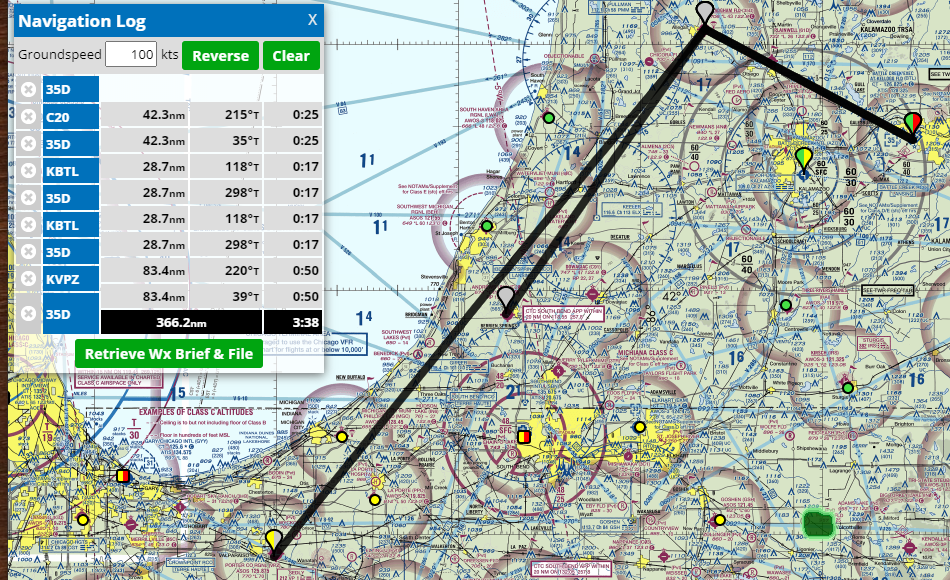Many of us have memorized the minimum VOR service volumes for various VOR types, Terminal, Low, or High as a part of our training or the training and testing we provide. But those days are changing.
As the FAA navigation system changes to a Minimum Operational Network (MON) with respect to VORs, service volumes and availability of VORs is going to change. With those changes, so will the scenarios that we need to teach, and that DPEs will test on practical tests. Not just for testing purposes, but for practical air navigation purposes so pilots, especially IFR ones, know what resources they have available and how to use them.
The plan for the FAA MON with respect to VORs is intended to be a “reversionary service provided by the FAA for use by aircraft that are unable to continue RNAV during a GPS disruption.” There are lots of technical details here, but the gist is that how we use VORs is going to be changing as we move forward in our navigation system.
Some hot topics that might be great fodder for training and testing include the following considerations:
What VORs are still working?
How can a pilot, a student, or a testing applicant determine what VORs are still in service and able to be used for navigation, or alternate if GPS becomes unavailable is a really important skill to develop. Making sure to understand this and how to resource this is a critical pilot and student skill.
NOTAMs are a pretty critical tool in this process. As many VORs are transitioned out of the system, reviewing NOTAMs about specific navigation sources will be a part of determining if a particular site is useable. Just because it is on the chart doesn’t mean it is useable anymore.
How Far Can I Use a VOR?
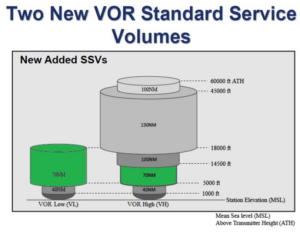
Transitioning from the older three type of VOR range system, the FAA is working to make some of the VORs work for longer ranges. With a focus on navigation above 5000’ for the longest ranges, a more traditional 40 NM range will be present at most VORs lower than 5000’ that would be used for approaches if needed. The primary navigation range for most general aviation aircraft will change from a 40NM range to a 70NM useable range with means distanced between two MON VORs will increase from a more historic 80NM between VORs to a 140NM VORs for enroute usage below 18,000’ MSL. Continue reading

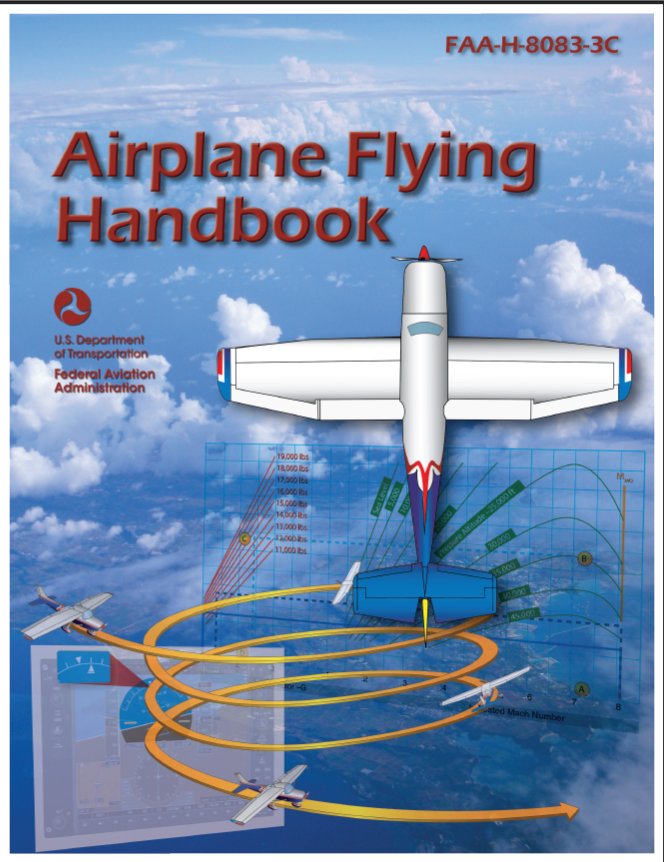
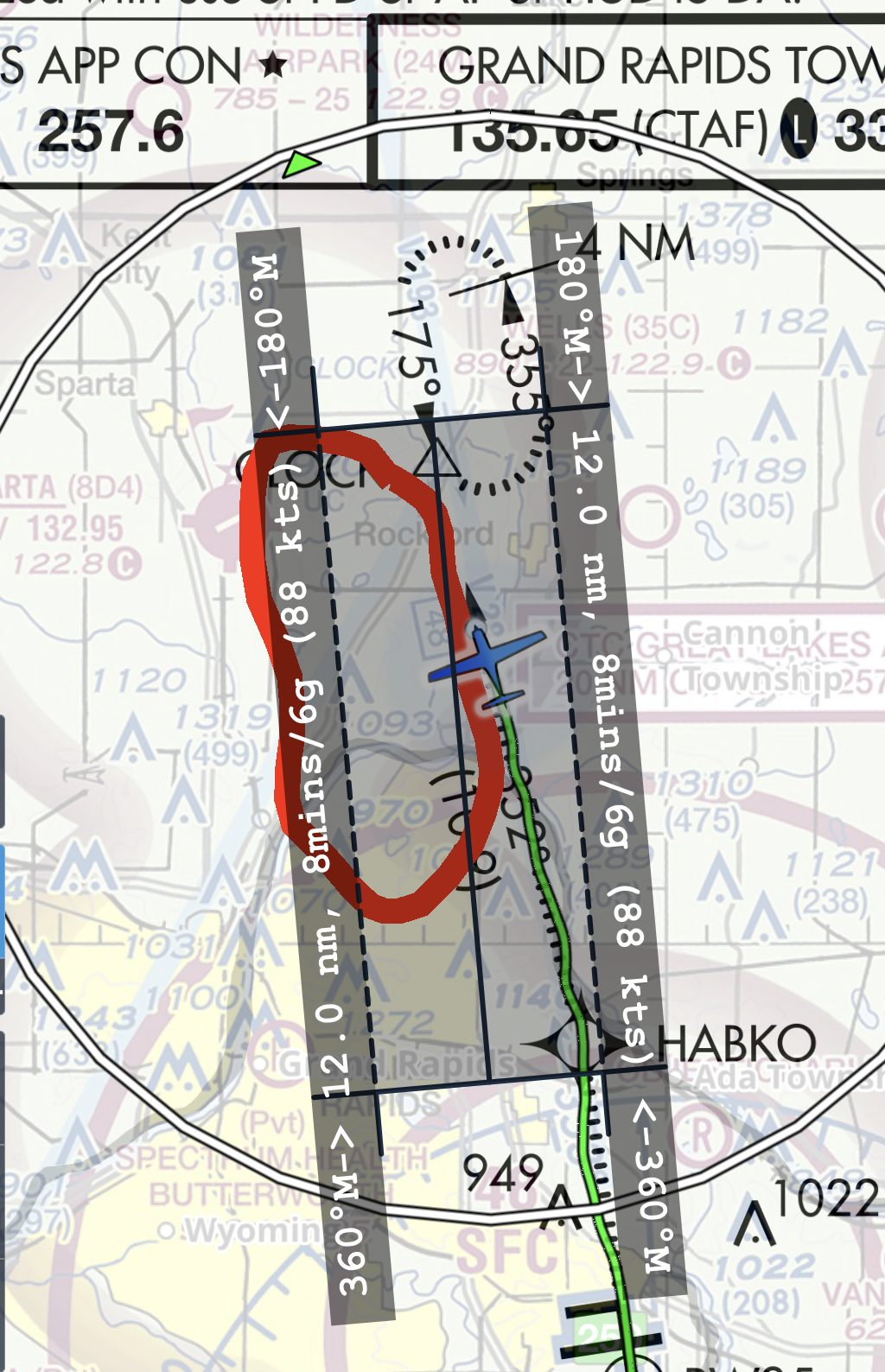
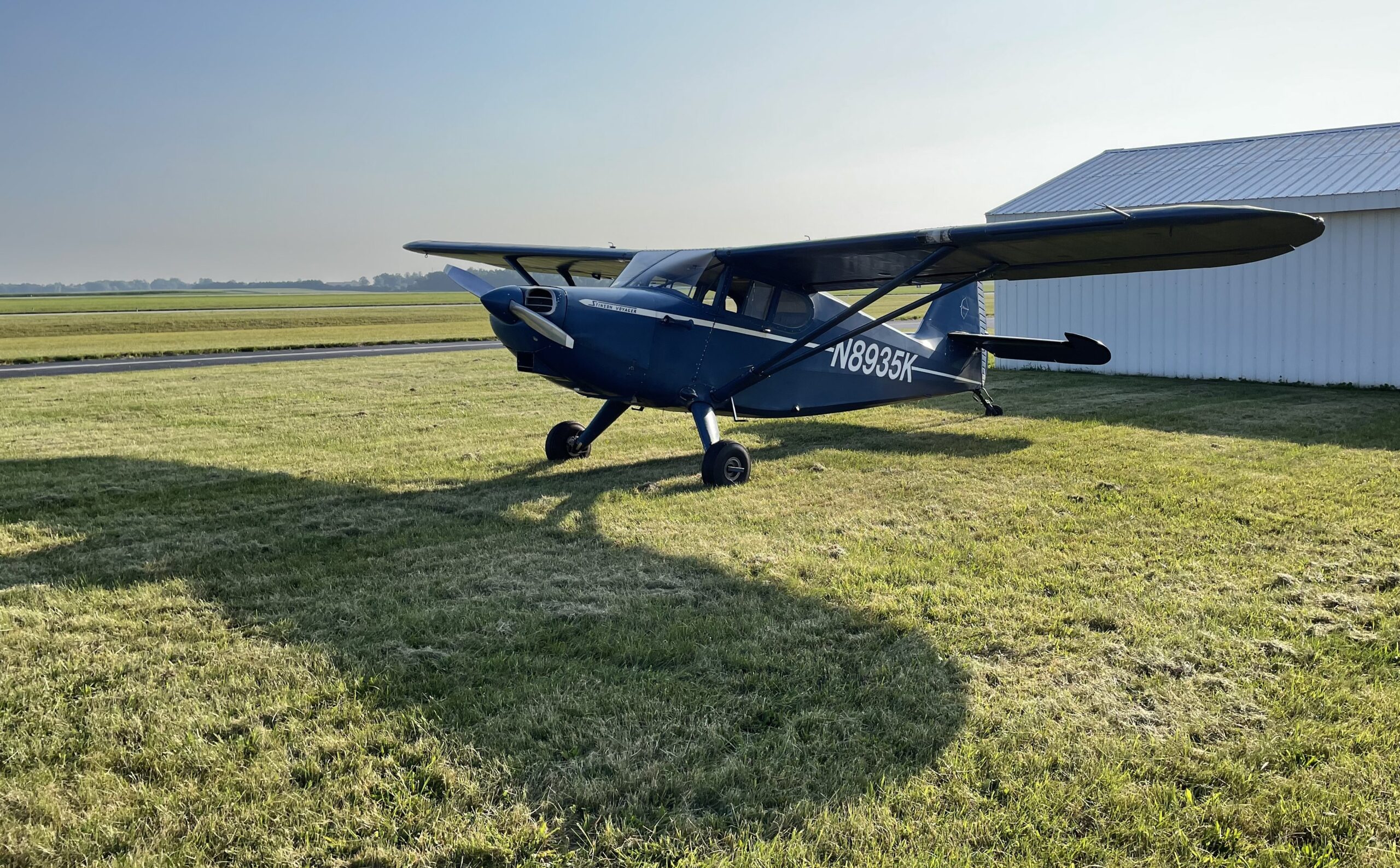 Well, Charlie let me do that for 4 days this past week thankfully.
Well, Charlie let me do that for 4 days this past week thankfully.